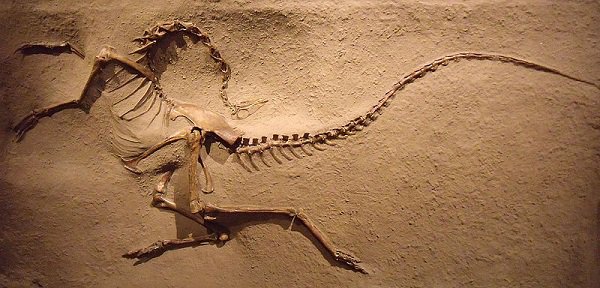
Dinosaurs have left kids and adults awestruck for generations. The very idea that the entirety of this planet was once ruled by giant meat-eating lizards is simply awesome. With nothing but fossils that are millions upon millions of years old, there’s only so much we will ever know about these impressive beasts, but here is what we do know.
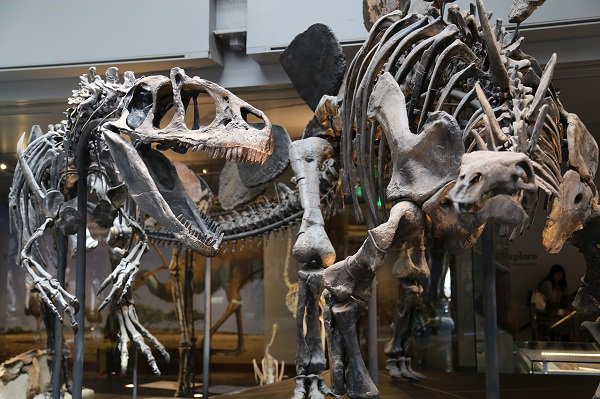
Dinosaurs roamed the earth from about 230 million years ago – about 65 million years ago.
–
The first dinosaurs on earth were carnivores. Herbivores and Omnivores came later.

They were around during what is known as Earth’s “Mesozoic Era.”
—
Within this era, there were three periods: Triassic, Jurassic, and Cretaceous.
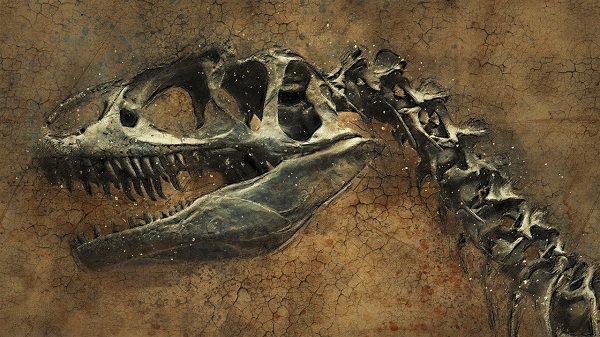
Dinosaur skulls had large holes in them which made them lighter. Dinosaurs could also be found on every continent- including Antarctica.
—
Overall, the majority of dinosaurs were herbivores.
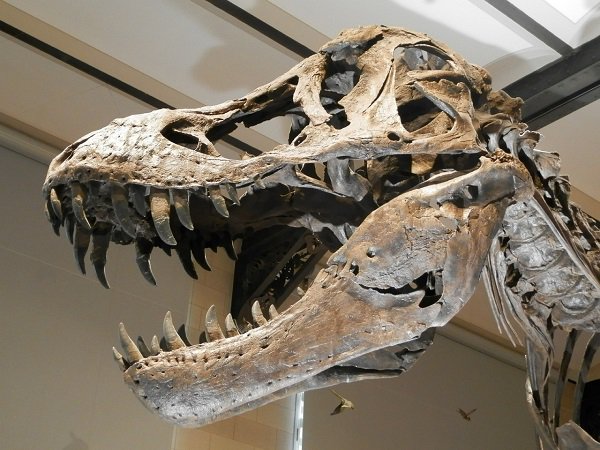
Herbivores were said to have had to eat over a ton of food a day just to survive.
—
It turns out that the majority of dinosaurs were human-sized or smaller. Scientists believe that the largest bones were the easiest to be fossilized.
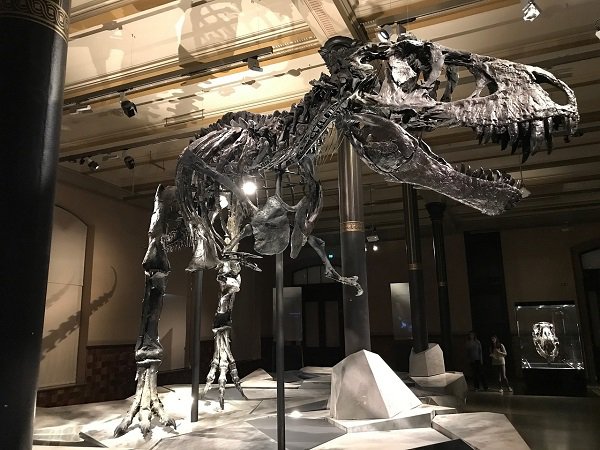
The largest dinosaurs had tails that were upwards of 45 feet long. The tails helped them keep balance while they were running.
—
They were divided into two groups depending on the structure of their hip bones: saurischian dinosaurs had one of their bones pointed forward. Ornithischian dinosaurs had both hip bones pointed backward.
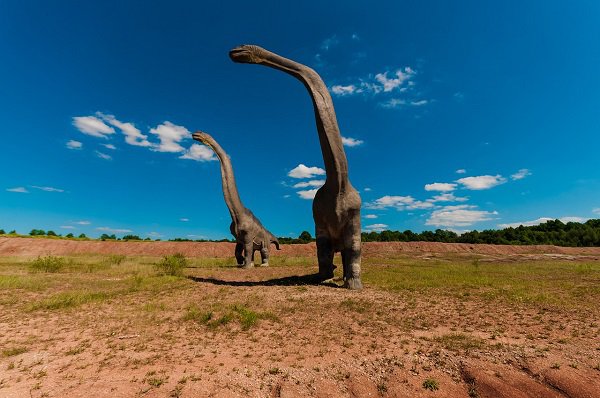
The name “Dinosaur” came courtesy of Richard Owen, a British paleontologist, in 1842. It means “Terrible Lizard” and was used to describe how large they were, not to describe how scary they were.
—
The first dinosaurs were incredibly small and showed up during the Triassic Period. It wasn’t until the Jurassic and Cretaceous periods that dinosaurs became much larger.
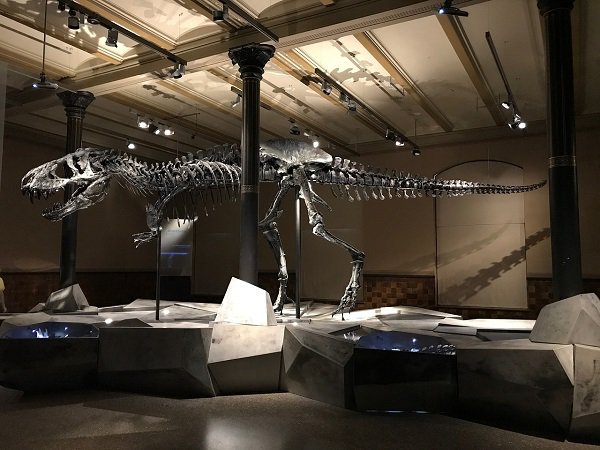
Dinosaurs ruled the roost for approximately 165,000,000 years. Humans have only been around for approximately 2,000,000.
—
While nobody knows exactly how long dinosaurs typically lived for, scientists to speculate that some may have lived to be upwards of 200 years of age.
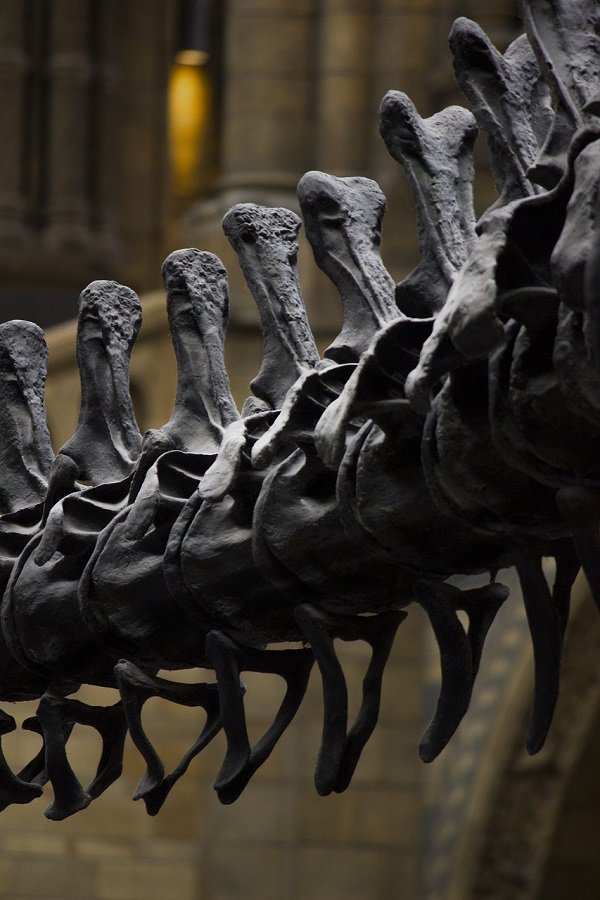
Herbivores often stayed together in herds in order to stay safe. Their herds could have been as small as a handful of dinosaurs to several thousand of them.
—
The Megalodon was prehistoric fish that was 3 times the size of a great white shark.
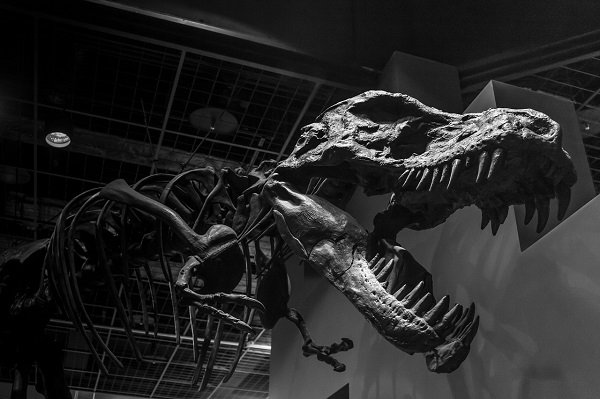
The largest dinosaur eggs were about the size of basketballs. It should also be noted that the larger the egg, the thicker the shell. So, scientists believe that if eggs were much bigger, the babies would have an incredibly hard time getting out.
—
The Triceratops had a massive skull that came equipped with a shield that was 2 meters wide.
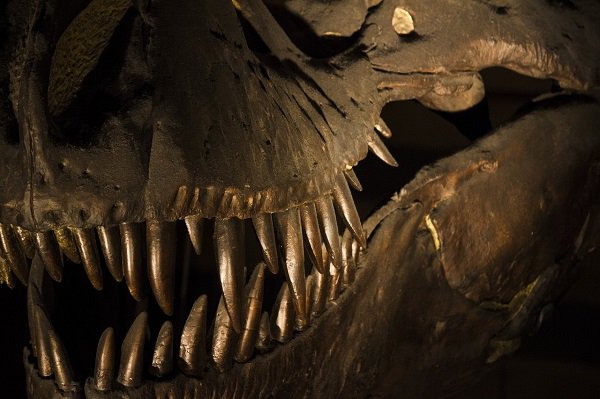
The Stegosaurus had the smallest brain-body radio of any dinosaur. With a body about the size of a van, the brain was about the size of walnut.
—
The Liopleurodon measured in at over 50 feet long. This made it the longest aquatic reptile to have ever existed- about half the length of a Blue Whale.
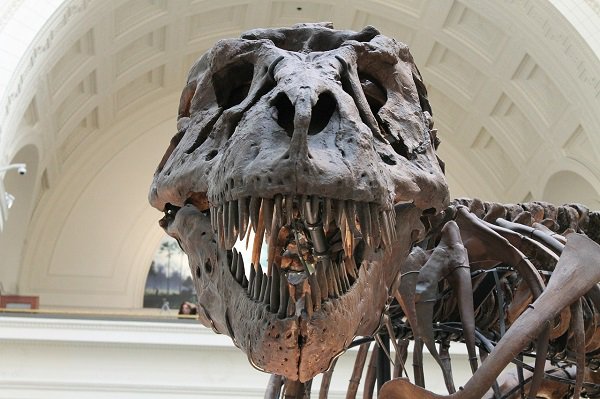
Most carnivores had bones that were filled with air. Despite being huge, their bones were actually quite light for their size.
—
Herbivores had their eyes on each side of their heads so that they were able to keep an eye out for predators while they fed.
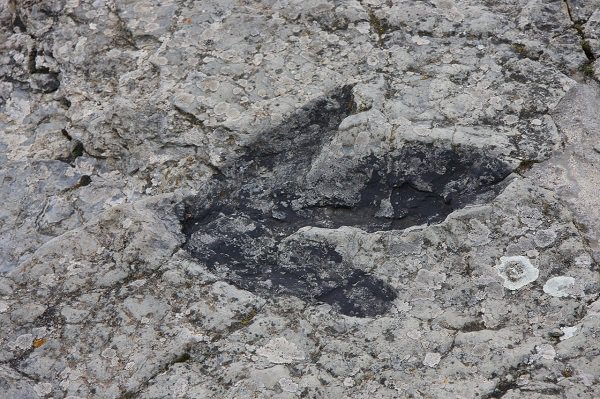
Dinosaurs that lived near the water left behind the best fossils.
—
The largest hunting dinosaur was called the Spinosaurus and it was about 50 feet long.
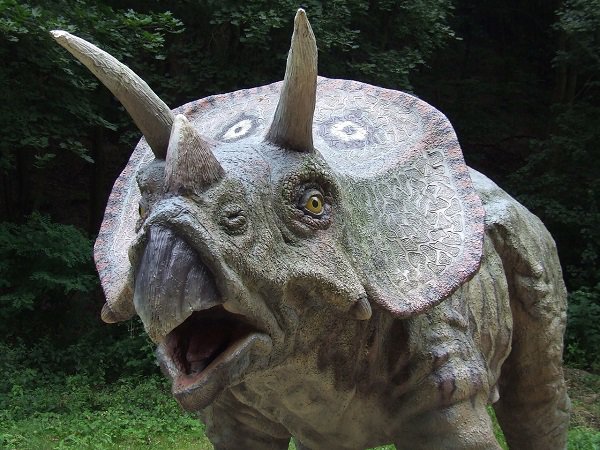
A newborn baby has a brain that is bigger than most dinosaurs ever had.
—
Scientists believe that dinosaurs may have shed their skin, just as snakes and lizards do today.
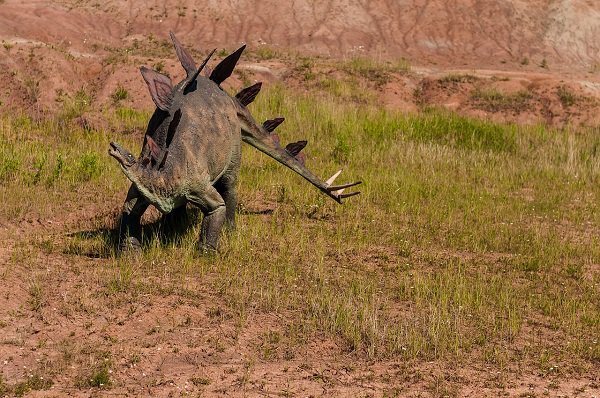
Dinosaurs often swallowed large rocks which helped them grind up food in their stomach.
—
All dinosaurs had the ability to lay eggs. So far, there have been over 40 different types of dinosaur eggs discovered.
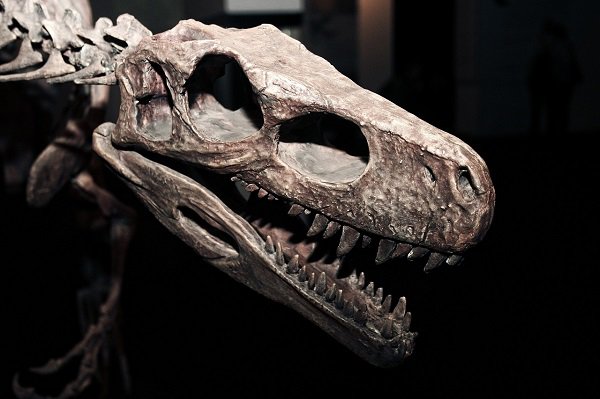
The largest dinosaur skull belonged to the Pentaceratops. It was just over 3 meters wide.
—
The dinosaur with the most teeth was the Hadrosaurus. It had over 1,000 teeth and would continually grow new ones.
 Barnorama All Fun In The Barn
Barnorama All Fun In The Barn